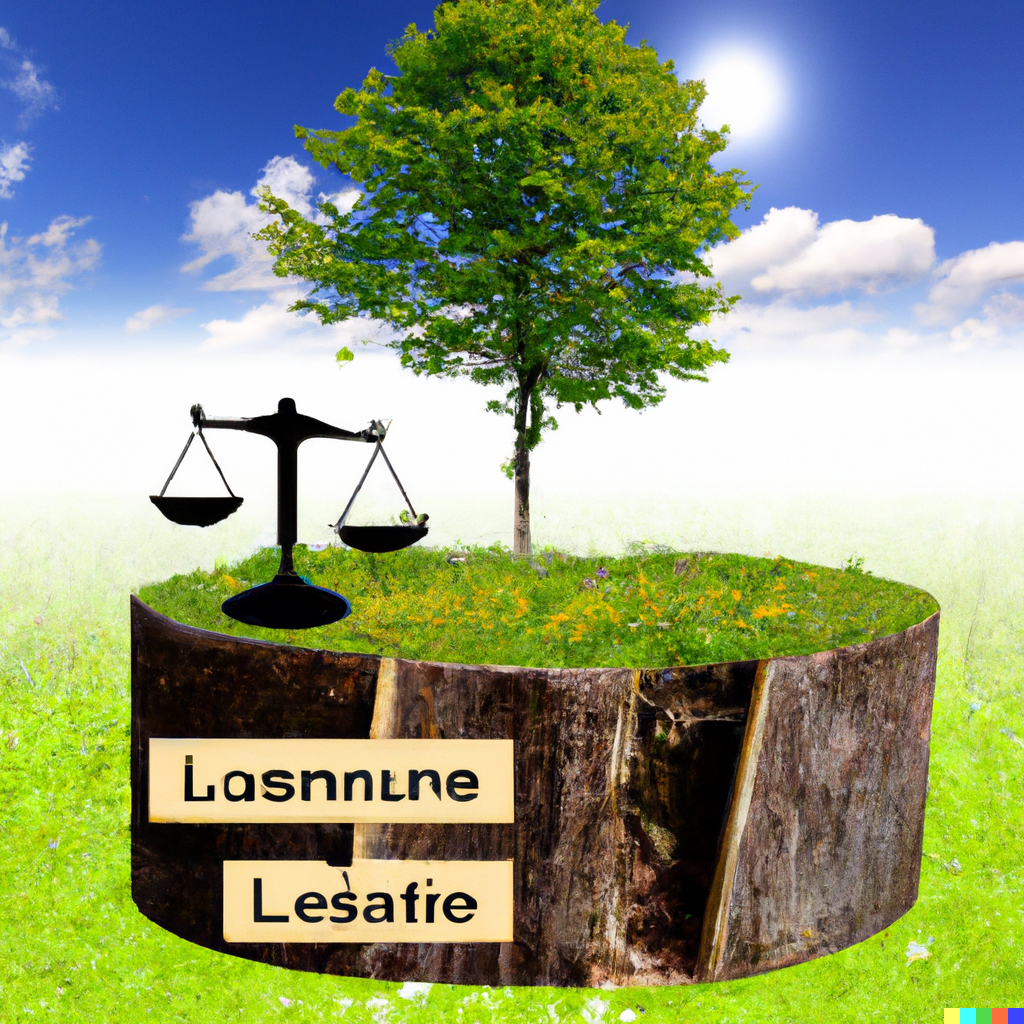The hierarchy of food safety law was established by the Supreme Court of India.
In the Supreme Court of India, Criminal Appeal No. 472 of 2012, along with other related appeals, addressed the interplay between the Food Safety and Standards Act, 2006 (FSSA) and Sections 272 and 273 of the Indian Penal Code (IPC). The case involved a petitioner who sought to quash a prosecution under Sections 272 and 273 of the IPC, which was initiated after the FSSA came into force. The petitioner argued that the FSSA should override the IPC in matters of food safety.
The Court examined the provisions of the FSSA, which define unsafe food and prescribe penalties for dealing with such food. It also analyzed Sections 272 and 273 of the IPC, which pertain to adulteration and sale of noxious food or drink. The Court concluded that the FSSA’s provisions, particularly Section 59, which deals with unsafe food, should prevail over the IPC in cases related to food safety.
The Court held that the FSSA provides a comprehensive framework for dealing with food-related offences and that its provisions should be given precedence over those of the IPC. Consequently, the Court quashed the prosecutions under the IPC and directed the authorities to initiate proceedings under the FSSA if necessary.
The decision clarifies the hierarchy of laws in matters of food safety and emphasizes the importance of the FSSA in regulating food-related offences.
RAM NATH …APPELLANT
VERSUS
THE STATE OF UTTAR PRADESH decided by the Supreme Court in Feb, 2024.
